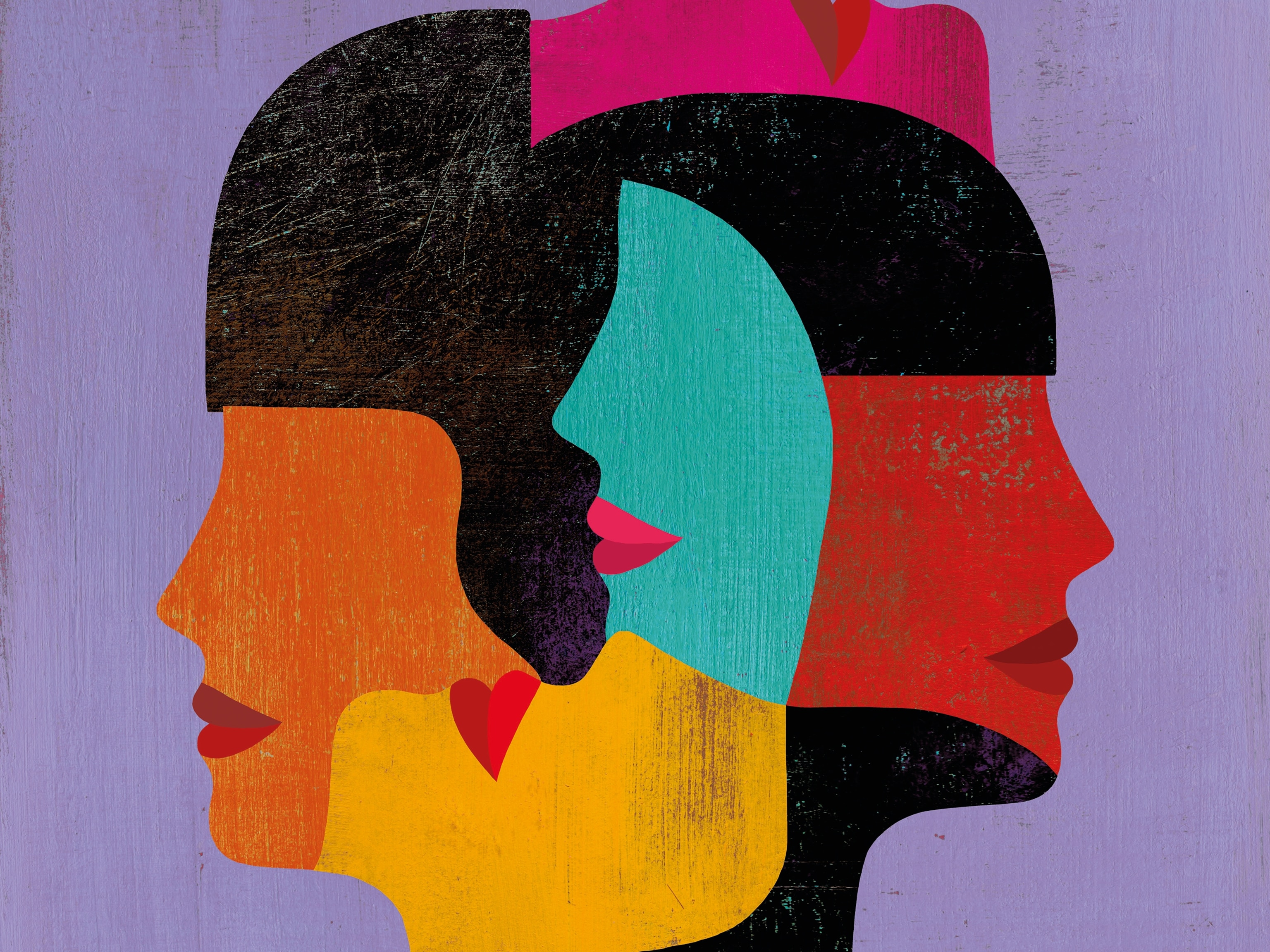Thirteen doctors and researchers have won the Sanford and Sue Greenberg Prize to End Blindness and will share the reward of three million dollars in gold. The winners were chosen based on the strength of their contributions to eliminate blindness, the ambitious aim set out by the prize organizers in 2012.
“I believe that we are so much closer to achieving that goal,” says co-organizer Sanford Greenberg, chair of the board of governors for the Johns Hopkins University’s Wilmer Eye Institute. “It’s quite extraordinary.”
The prize is part of Greenberg’s life-long mission to prevent people from losing their sight. In February 1961, when he was a 20-year-old college student, he suddenly went blind due to glaucoma that had been misdiagnosed. The condition, which damages the eye’s optic nerve, is one of the leading causes of blindness worldwide.

“In the midst of my despair, I promised God that for the rest of my life, I would do everything I could to make sure that no one else should go blind,” says Greenberg.
He has made good on that promise, and he has worked to improve the lives of people who have gone blind, including inventing a device to help vision-impaired people listen to recorded speech. But the fight isn’t over yet. According to the World Health Organization, about 2.2 billion people worldwide have some form of vision impairment, and about half became blind due to preventable conditions. Nearly 80 percent of impaired vision is caused by cataracts or refractive disorders, which are treatable. In poorer parts of the world, though, people may not get the attention they need if government healthcare is inadequate and cost is a barrier.
Blindness takes an economic and social toll in wealthy countries, too, as people struggle to find jobs despite the rise of ever more advanced technological aids such as screen readers and Braille notetakers. In the U.S., the unemployment rate for working-age people with vision problems is about 70 percent.
“It is one of the great injustices that we are confronting,” says Greenberg.
Following new research is one of the things that keeps Greenberg going. He thinks that eliminating blindness is in the hands of scientists, brought together with a unified goal. That’s why he and other prize organizers—including his college roommate and renowned musician Art Garfunkel—asked the governing council to identify and connect researchers around the world who are doing the most to prevent vision loss. They ultimately selected 13 winners in two categories: Outstanding Achievement Awards, and Visionary Awards. (Find out more about the scientific hope for ending blindness in National Geographic magazine.)
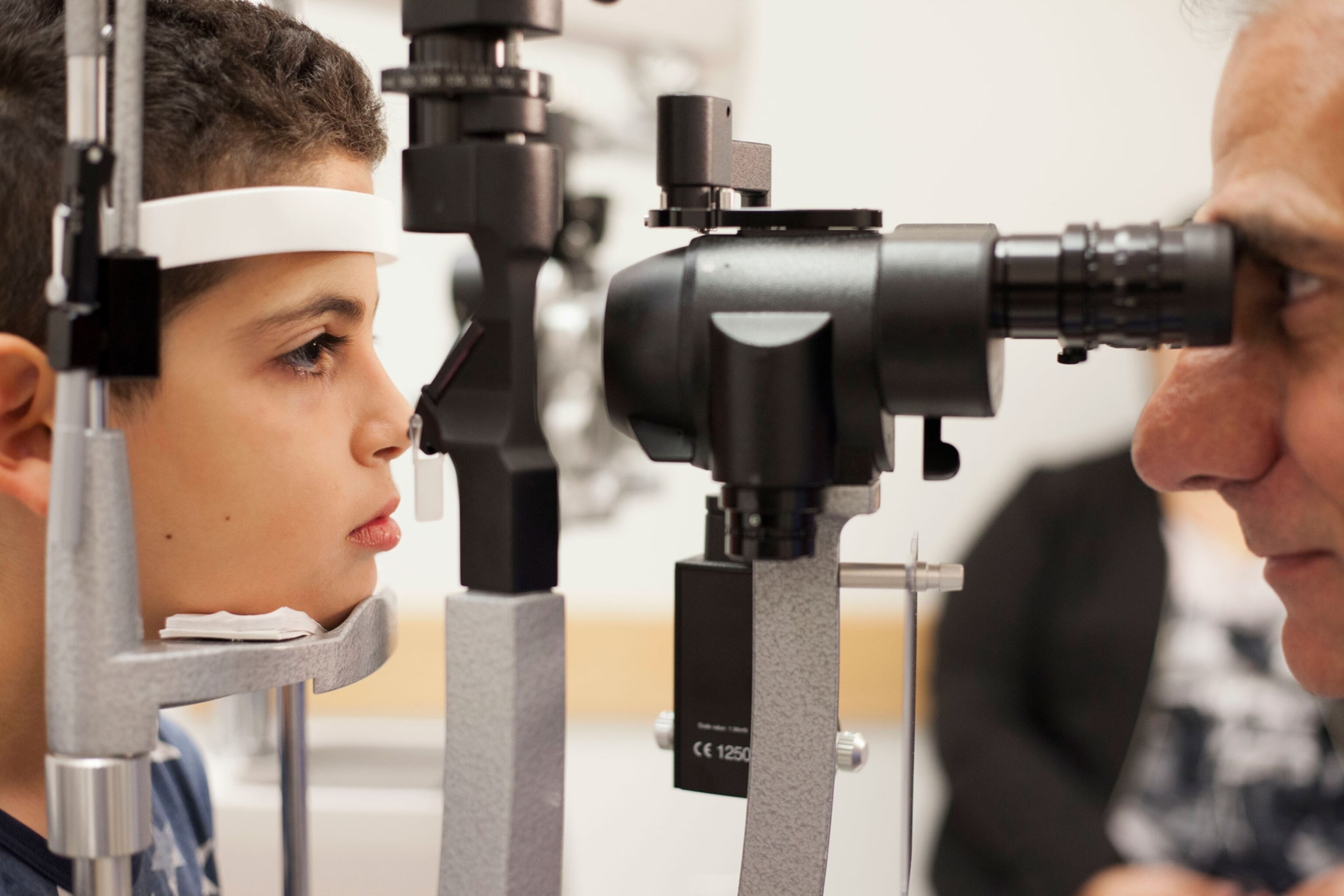
“Before this century is out, there will no longer be blindness,” Greenberg predicts. “That’s what excites everybody in this process.”
Expanded access to care
India has among the highest number of blind people worldwide, but recent initiatives are having a significant impact. In 2007, an estimated 12 million people there were blind, but that number dropped to 4.8 million in 2019. Untreated cataracts are still by far the leading cause of blindness, suggesting that access to treatment is the main concern. Nearly 70 percent of the population lives in rural areas, where eye care is often lacking.
“I grew up in a rural village and saw that blindness and vision impairment was a problem,” says Gullapalli Rao, chair and founder of the L.V. Prasad Eye Institute in Hyderabad. “We thought we should get into the rural areas and develop a model of high-quality, comprehensive care.”
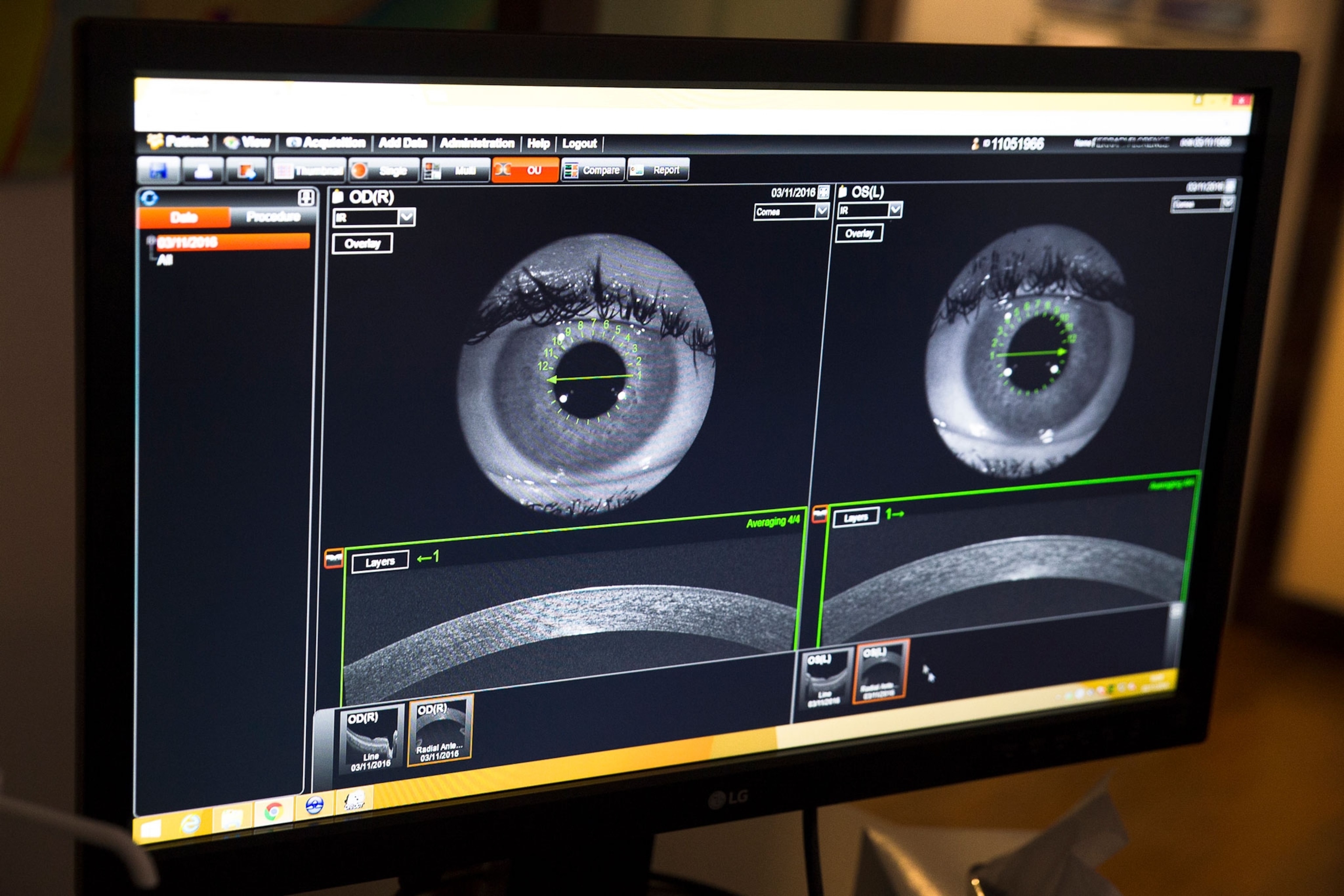
The institute now has 196 eye vision centers located across four states in South India, with the facilities strategically placed so they are within 10 kilometers of more than 11,800 villages. If a patient needs eye surgery, the procedure can be performed in one of 22 eye clinics, located so that any one of them is within a 50-kilometer radius of a person’s home. The institute has served more than 30 million people so far, earning Rao one of the Greenberg Prize’s six Outstanding Achievement awards.
As the centers have grown, technology has increasingly played a part. Rao and his colleagues are now using telemedicine, for example, which allows patients to connect with ophthalmologists in the clinics to diagnose minor problems or for follow-ups after surgery. And since the start of the COVID-19 pandemic, technicians have been visiting the homes of elderly people who can’t travel for consultations with eye doctors.
R. D. Ravindran, chair of the Aravind Eye Care System in Madurai, India, has also received an Outstanding Achievement award for his organization’s pioneering work providing free or affordable eye care to people in the state of Tamil Nadu. A single clinic that opened in 1976 grew into a network of 79 centers serving a population of 6.9 million. Last year, his team conducted 4.6 million eye examinations and a total of 519,138 surgeries to treat various eye and vision problems.
“Fifty to 60 percent of the care we provide is free or at a very nominal cost,” says Ravindran. “Even those who pay probably pay 60 to 70 percent of what is charged on the market in our state,” he says.
Instead of relying on fundraising, philanthropy, or government subsidies, the Aravind team stretches the revenue they generate, so that fees from paying customers help cover costs for patients who receive free treatments. Aravind is able to make eye care affordable in part because the team started its own manufacturing facility to produce intraocular lenses, which are implanted as part of cataract treatments. The facility currently produces more than 2.5 million of these lenses a year. They currently cost at least six times less than the price in the U.S., where they were previously imported from.
Stem cell breakthrough
New ways of reversing blindness are needed to help people whose sight loss can’t be treated, which accounts for about 20 percent of current cases. This includes hereditary eye diseases that affect the retina, such as macular degeneration and retinitis pigmentosa, in which vision often slowly deteriorates into blindness. Age-related macular degeneration is the leading cause of permanent vision loss in people over 60.
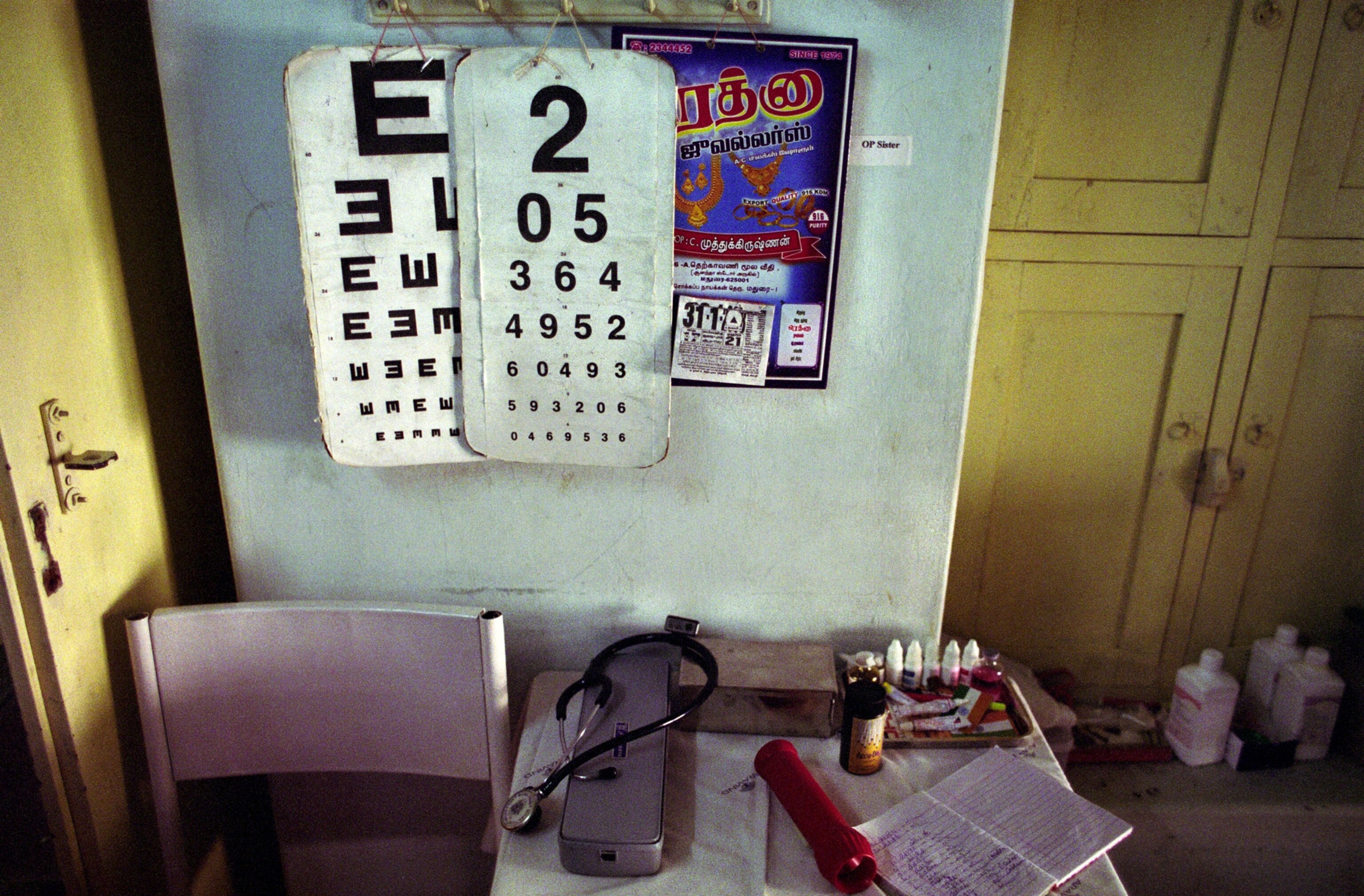
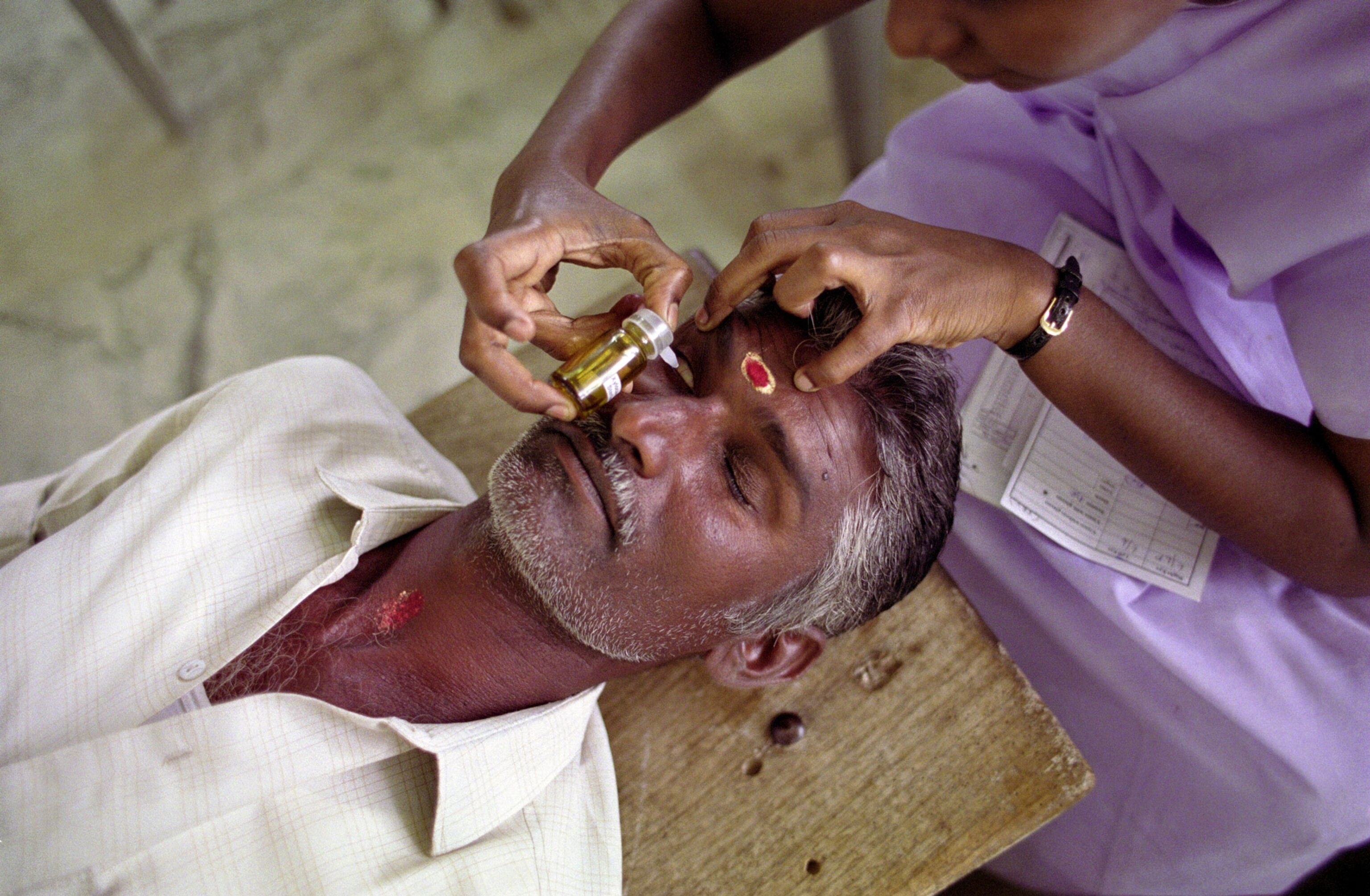

That’s why Masayo Takahashi from the Riken Center for Developmental Biology in Kobe, Japan, is using stem cells to tackle vision loss caused by these diseases. In 2014, Takahashi and her team achieved a breakthrough when they treated a patient for the first time using induced pluripotent stem cells. These cells are derived from adult tissue, such as blood or skin, but can be “reprogrammed” to act like their embryonic counterparts, with the ability to grow into almost any kind of human cell.
Takahashi’s team took skin cells from a 70-year-old patient with age-related macular degeneration and coaxed them to turn into retinal pigment epithelium cells, which regulate the photoreceptors needed for vision that sit on top of them. “That was the most difficult part,” says Takahashi. The team then grew the cells into a tiny sheet and implanted it into the eye of the patient, stopping the disease’s progression.
Seven patients have received this type treatment so far, helping them to limit vision loss and earning Takahashi one of seven Visionary Awards from the Greenberg Prize team. Takahashi and her colleagues are now targeting patients with retinitis pigmentosa who are almost completely blind. In their latest clinical trials, which involve using a similar stem cell technique to replace parts of the retina and some photoreceptors, some patients are able to perceive light again or see the shapes of objects.
“There is no treatment at all for these patients, so this is a small but important step,” says Takahashi. She thinks that in about 10 years’ time, it will be possible for patients to start seeing some detail again.
“I think the future is bright for stem cell therapy,” she says.
A gene therapy first
Other cutting-edge approaches to prevent and even reverse blindness are also gaining traction. For instance, Jean Bennett from the University of Pennsylvania in Philadelphia won an Outstanding Achievement prize for her team’s work investigating how gene therapy can treat hereditary diseases of the retina.
One of the diseases her team has focussed on is Laber congenital amaurosis, or LCA, which can be identified and diagnosed in infants. “Babies [with this condition] are born with very poor vision,” says Bennett. “They typically have difficulty seeing in dim light so are attracted to looking at the sun; obviously something you shouldn’t be doing.”
Bennett and her colleagues developed a ground-breaking treatment for LCA that replaces the faulty gene that causes the condition with a healthy one. Although it is more effective in children, when the disease is in its early stages, in some cases the treatment was able to reverse some of the damage in older people, too.
“We have been happily surprised to see that individuals who are in their fourth or fifth decade of life can regain vision after having been blind for decades,” says Bennett.
The treatment made history in 2017 as the first gene therapy ever to be approved for use by the U.S. Food and Drug Administration (FDA). Now it is used in many parts of the world, including Canada, Europe, and the Middle East. “It's a very important stepping stone, and it gives a path for going forward to treat many other forms of blindness,” says Bennett.
Bennett is sharing the prize with her husband and fellow UPenn researcher Albert Maguire, who developed the surgical procedure used to inject genes under the retina and treat LCA. The technique is being used in more than 30 trials by other research groups to treat multiple forms of blindness, with six in their final stages.
Inspired by Greenberg’s story, Bennett’s group is now looking at how gene therapy can be adapted to treat glaucoma, as well as a handful of other inherited blinding diseases. They are also investigating disease-causing pathways that could be similar across different conditions, which would allow them to treat a wider range of diseases that involve different gene mutations.
“There are still a number of obstacles,” Bennett says, “but the future has never been brighter.”
Outstanding Achievement Recipients:
• Ravindran Ravilla, Aravind Eye Care System
• G.N. Rao, L.V. Prasad Eye Institute
• Jean Bennett, Center for Advanced Retinal and Ocular Therapeutics, Department of Ophthalmology, Perelman School of Medicine at the University of Pennsylvania
• Gustavo Aguirre, Division of Experimental Retinal Therapies, Department of Clinical Sciences & Advanced Medicine, School of Veterinary Medicine at the University of Pennsylvania
• William Hauswirth, Department of Ophthalmology of the University of Florida
• Albert Maguire, Center for Advanced Retinal and Ocular Therapeutics, Department of Ophthalmology, Perelman School of Medicine at the University of Pennsylvania
Visionary Award Recipients:
• James Fujimoto, Department of Electrical Engineering and Computer Science Research Laboratory of Electronics, Massachusetts Institute of Technology
• David Huang, Casey Eye Institute and Department of Ophthalmology, Oregon Health and Science University
• Eric Swanson, Department of Electrical Engineering and Computer Science Research Laboratory of Electronics, Massachusetts Institute of Technology
• Zhigang He, Boston Children’s Hospital F.M. Kirby Neurobiology Center
• Simon John, Department of Ophthalmology, Columbia University
• Botond Roska, Institute of Molecular and Clinical Ophthalmology, Basel
• Masayo Takahashi, RIKEN Center for Biosystems Dynamics Research; Vision Care, Inc. as part of Kobe Eye Center







